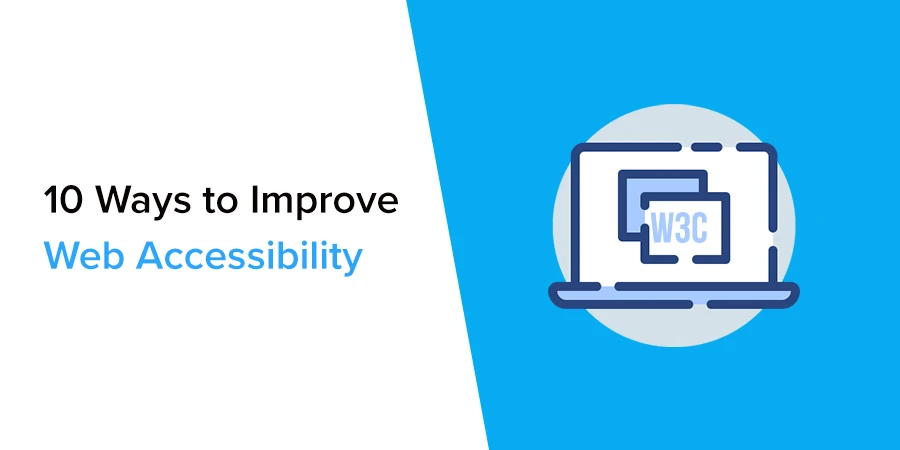Shop At Haya: Your Ultimate Shopping Guide
Discover the best shopping tips, trends, and deals for a smarter buying experience.
A Website for Everyone: Why Accessibility Isn't Optional
Discover why website accessibility is crucial for all! Unlock the secrets to inclusivity and reach a wider audience today.
The Importance of Web Accessibility: Breaking Down Barriers for All Users
Web accessibility is crucial for creating an inclusive digital environment, allowing individuals with varying abilities and disabilities to access and interact with online content effortlessly. It encompasses a variety of practices and guidelines that ensure websites are designed and developed to be usable by everyone, regardless of their circumstances. By implementing accessible design principles, webmasters can break down barriers that restrict access and provide equal opportunities for all users. This not only enhances user experience but also contributes to a more equitable society where information is truly available to everyone.
One of the significant reasons why web accessibility matters is that it expands the reach of websites, potentially increasing traffic and engagement rates. Consider the following benefits of embracing accessibility:
- Improved user experience for all users, regardless of their abilities
- Increased audience reach as more individuals can engage with the content
- Enhanced SEO performance, as accessible websites often rank better in search engine results
Adopting an accessible approach is not just a legal obligation but a moral imperative that fosters inclusiveness in the digital landscape.

Top 10 Essential Accessibility Features Every Website Should Have
Creating an inclusive digital environment is crucial for all users, which is why implementing essential accessibility features on your website is non-negotiable. These features not only assist individuals with disabilities but also enhance overall user experience. Here are the Top 10 Essential Accessibility Features every website should have:
- Alternative Text for Images: This allows visually impaired users to understand the content through screen readers.
- Keyboard Navigation: Ensuring all site functions are accessible via keyboard enhances usability for those unable to use a mouse.
- Accessible Forms: Labels and instructions should be clearly associated with form fields to aid comprehension.
- Clear and Consistent Layout: A clean and predictable design minimizes confusion for all users.
- Text Resizing Options: Users should easily adjust text size without loss of content or functionality.
- Color Contrast: High contrast between text and background increases readability for users with vision impairments.
- Screen Reader Compatibility: Ensuring your website's structure is compatible with screen readers is essential for users who rely on them.
- Skip Navigation Links: This feature allows users to bypass repetitive navigation links, improving site navigation.
- Transcripts for Multimedia: Providing text transcripts for audio and video content ensures accessibility for deaf or hard-of-hearing users.
- Responsive Design: A layout that adapts to different devices is vital for accessibility across platforms.
How to Create an Inclusive Online Experience: Best Practices for Web Accessibility
Creating an inclusive online experience is essential for ensuring that all users, regardless of their abilities, can access and benefit from your website. Web accessibility involves designing your site in a way that accommodates various disabilities, including visual, auditory, motor, and cognitive impairments. To start, consider implementing the Web Content Accessibility Guidelines (WCAG), which provide a comprehensive framework for improving accessibility. Key practices include using alternative text for images, which helps visually impaired users understand the content; ensuring that all interactive elements are keyboard navigable; and providing captions for videos to support users with hearing impairments.
Moreover, it's important to regularly evaluate your website's accessibility through user testing and automated tools. Engaging with individuals who have disabilities can offer invaluable insights into their experience on your site. Additionally, keep readability in mind—using clear language, sufficient contrast ratios, and responsive design can greatly enhance user experience for everyone. By prioritizing web accessibility, you are not only complying with regulations but also fostering a more inclusive digital environment that invites and retains a wider audience.